 About
About
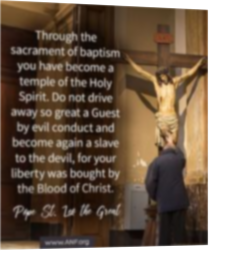
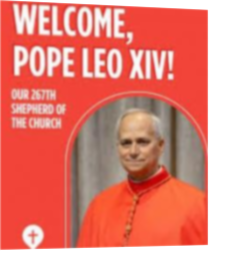
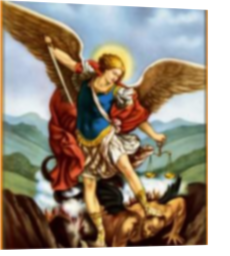
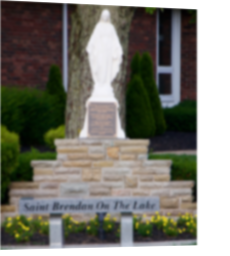
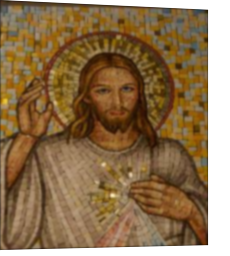
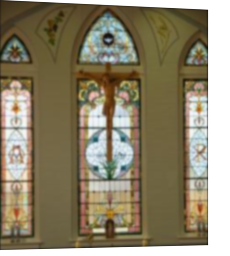
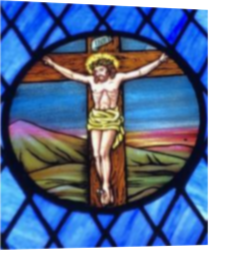
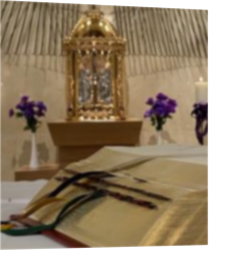
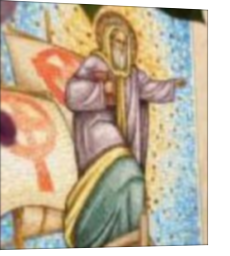
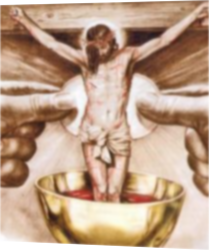
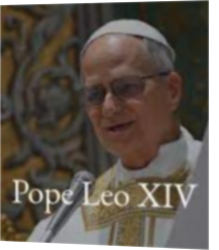

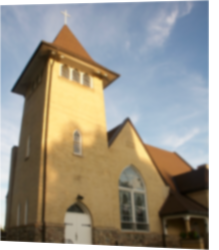
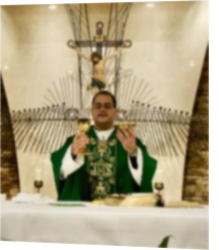
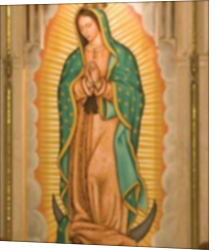
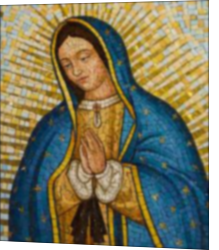
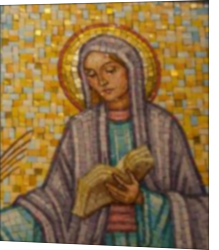
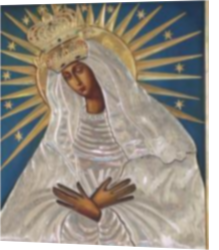
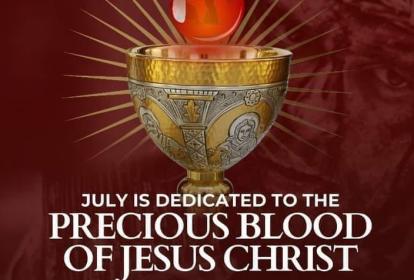
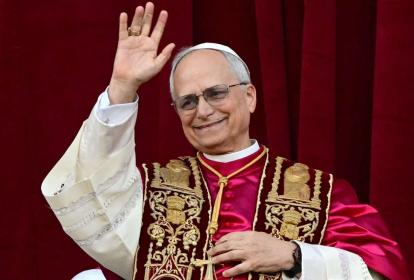
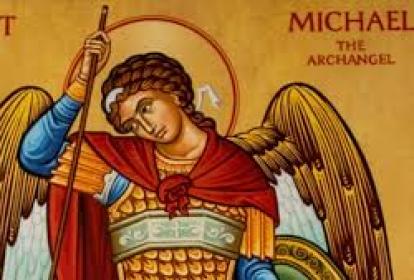

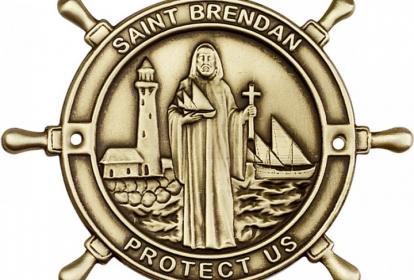
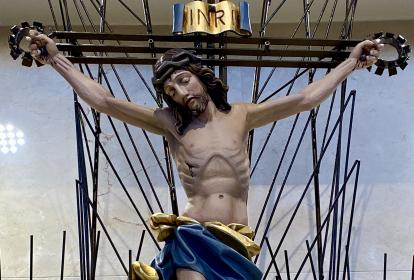
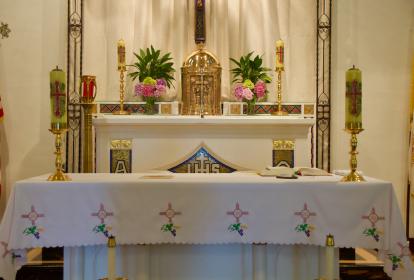
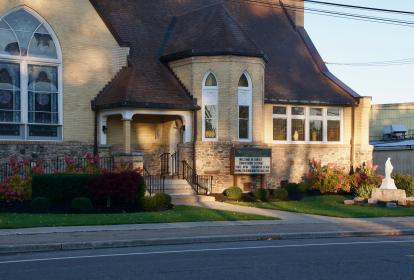
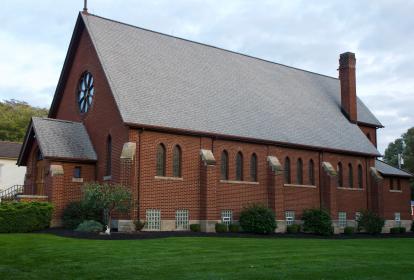
Our Staff Fr. Matt Nycz Fr. Matt NyczCentral Niagara Catholic Family Priest-in-Solidum & Moderator  Fr. Andrew Lauricella Fr. Andrew LauricellaCentral Niagara Catholic Family Priest-in-Solidum  Fr. Daniel Ogbeifun Fr. Daniel OgbeifunCentral Niagara Catholic Family Priest-in-Solidum  Shannon Shaw Justo Shannon Shaw JustoBookkeeper  Eileen Szratter Eileen SzratterSecretary  Faith Formation Faith Formation Meg Thompson  Mr. Tim Hillman Mr. Tim HillmanCustodian |
-
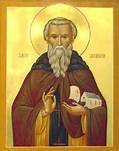
-
Saint Brendan’s Prayer
Shall I abandon, O King of mysteries, the soft comforts of home?
Shall I turn my back on my native land, and turn my face towards the sea?Shall I put myself wholly at your mercy,
without silver, without a horse,
without fame, without honor?
Shall I throw myself wholly upon You,
without sword and shield, without food and drink,
without a bed to lie on?
Shall I say farewell to my beautiful land, placing myself under Your yoke?Shall I pour out my heart to You, confessing my manifold sins and begging forgiveness,
tears streaming down my cheeks?
Shall I leave the prints of my knees on the sandy beach,
a record of my final prayer in my native land?Shall I then suffer every kind of wound that the sea can inflict?
Shall I take my tiny boat across the wide sparkling ocean?
O King of the Glorious Heaven, shall I go of my own choice upon the sea?O Christ, will You help me on the wild waves?
Amen
Genesis
St. Brendan on the Lake formed in 2008 with the merger of St. Bridget's in Newfane, Our Lady of the Rosary in Wilson, and St. Charles Borromeo in Olcott.
Our Patron: Saint Brendan the Navigator
St. Brendan (Brendan the Voyager, Brendan the Navigator) belongs to that glorious period in the history of Ireland when the island, in the first glow of conversion to Christianity, sent forth its earliest messengers of the Faith to the continent and to the regions of the sea. The stories of Saint Brendan voyaging over perilous waters were popular in the Middle Ages, and his travels were as well known as the wanderings of Ulysses.
He was born on the Fenit Peninsula in Ciarraighe Luachra, near the present city of Tralee, in the diocese of Ardfert and Aghadoe, County Kerry, Ireland, in 484. Many accounts agree that he was the son of Findlugh, from an ancient and noble family. He was baptized at Tubrid, near Ardfert, by Bishop Erc. One version of his early life says that the infant Saint Brendan was given into the care of Saint Ita of Killeedy, "The Brigid of Munster," who taught him three things that God really loves: "the true faith of a pure heart; the simple religious life; and bountifulness inspired by Christian charity." When he was six he was sent to Saint Jarlath's monastery school at Tuam for more childhood education. In 512 Bishop Erc ordained Brendan to the priesthood; between the years 512 and 530 he built monastic cells at Ardfert, at Shanakeel or Baalynevinoorach, and at the foot of Brandon Hill. It was from here that he set out on his most famous voyage.
On the Kerry coast, he built a coracle of wattle, covered it with hides tanned in oak bark softened with butter, set up a mast and a sail, and after a prayer upon the shore, embarked in the name of the Trinity. For seven years he voyaged to find the Promised Land of the saints, and fabulous stories are told of his wanderings. The great seafaring legends attached to St. Brendan, first committed to writing in the eleventh century, have for foundation an actual sea-voyage the destination of which cannot ever be determined. These adventures were called the "Navigatio Sancti Brendani Abbatis" the Voyage or Wandering of St. Brendan, commonly known as the Navigatio. Brendan set forth with a company of monks, the number of which is variously stated as from 18 to 150, and after a long voyage of seven years they reached the "Terra Repromissionis", the Paradise or Promised Land, a most beautiful island with luxuriant vegetation.
Over the years there have been many interpretations of the possible geographical position of this island. Various pre-Columbian sea-charts indicated it everywhere from the southern part of Ireland, to the Canary Islands, Faroes or Azores, to the island of Madeira, to a point 60 degrees west of the first meridian and very near the equator. Belief in the existence of the island was almost completely abandoned when a new theory arose, maintained by those who claim for the Irish the glory of discovering America. This claim rests in part on the account of the Vikings who found a region south of the Chesapeake Bay called "Irland ed mikla" (Greater Ireland), and on stone carvings discovered in West Virginia dated between 500 and 1000 A.D. Analysis by archaeologist Robert Pyle and language expert Barry Fell indicate that these carvings are written in Old Irish using the Ogham alphabet. According to Fell, "the West Virginia Ogham texts are the oldest Ogham inscriptions anywhere in the world. They exhibit the grammar and vocabulary of Old Irish in a manner previously unknown in such early rock-cut inscriptions in any Celtic language."
Brendan himself stands out in a dark age as the captain of a Christian crew. Like the Greeks and the Vikings, he had a craving for the sea, but when he built his boat, he launched it in the name of the Lord, and sailed it under the ensign of the Cross. Dr. Fell goes on to speculate that, "It seems possible that the scribes that cut the West Virginia inscriptions may have been Irish missionaries in the wake of Brendan's voyage, for these inscriptions are Christian. Early Christian symbols such as Chi-Rho monograms (Name of Christ) and the Dextra Dei (Right Hand of God) appear at the sites together with the Ogham texts."
It is true that the Irish monks were renowned as travellers and explorers centuries before Columbus. Tradition says that they reached Iceland and explored even farther afield in the Atlantic. Some scholars who long doubted that the voyage described by Brendan could have made it to North America have reconsidered their position based on the research and pilgrimage of British navigation scholar Tim Severin. Severin, over several years in the late 1970s, did an extraordinary thing: he built a hide-covered boat following the instructions in the Navigatio, and sailed it from Ireland to Newfoundland via Iceland and Greenland, demonstrating the accuracy of its directions and descriptions of the places Brendan mentioned in his epic, and proving that a small boat could have sailed from Ireland to North America.
After many years of seafaring Brendan at last returned to Ireland. As the story of the seven years' voyage was carried about, crowds of pilgrims and students flocked to Ardfert. In a few years, many religious houses were formed at Gallerus, Kilmalchedor, Brandon Hill, and the Blasquet Islands to serve the many people who sought spiritual guidance from St. Brendan. Brendan then founded a monastery at Inis-da-druim (now Coney Island, County Clare), in the present parish of Killadysert, about the year 550. He journeyed to Wales, and studied under Saint Gildas at Llancarfan. He visited Iona, and was a contemporary and disciple of St. Finian. He left traces of his apostolic zeal at Kilbrandon (near Oban) and Kilbrennan Sound. After three years in Britain he returned to Ireland and did much good work in various parts of Leinster, especially at Dysart (Co. Kilkenny), Killiney (Tubberboe), and Brandon Hill. The great mountain that juts out into the Atlantic in County Kerry is called Mount Brandon, because he built a little chapel atop it, and the bay at the foot of the mountain is Brandon Bay. He also founded the Sees of Ardfert, and of Annaghdown, and established churches at Inchiquin, County Galway, and at Inishglora, County Mayo. Brendan's most celebrated foundation was Clonfert in Galway, in 557, over which he appointed St. Moinenn as Prior and Head Master. The great monastery at Clonfert housed 3,000 monks, whose rule of life was constructed with remarkable austerity, and also included a convent for women initially placed under the charge of his sister, St. Briga.
Brendan died at Enach Duin, now called Annaghdown, in 577, on a visit to his sister while she was abbess of a convent there. Despite a life of exceeding piety and many dangerous travels, he had great anxiety about the holy Journey of death. His dying words to Briga are reported to have been: "I fear that I shall journey alone, that the way will be dark; I fear the unknown land, the presence of my King and the sentence of my judge."
Brendan's feast day is celebrated on May 16.